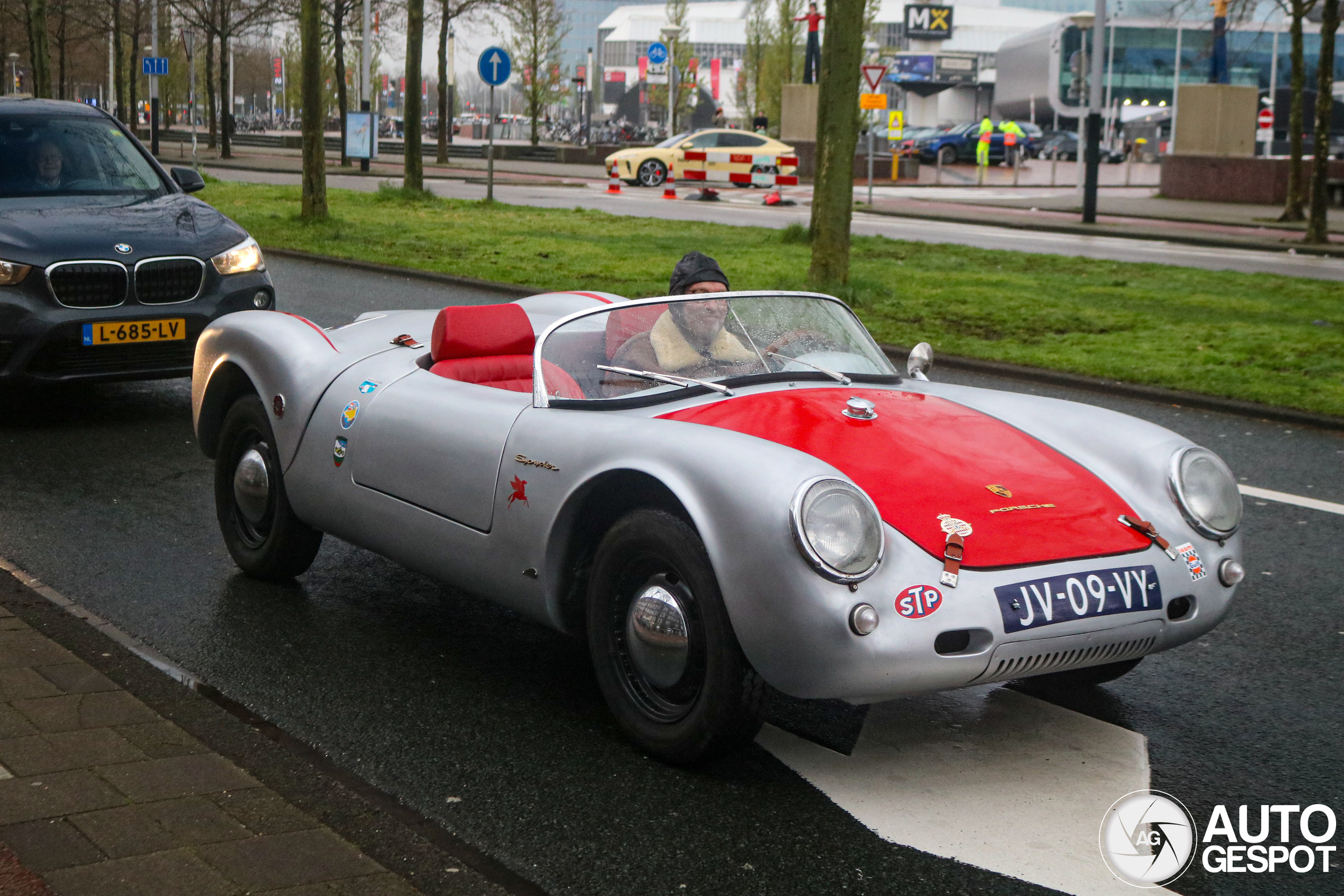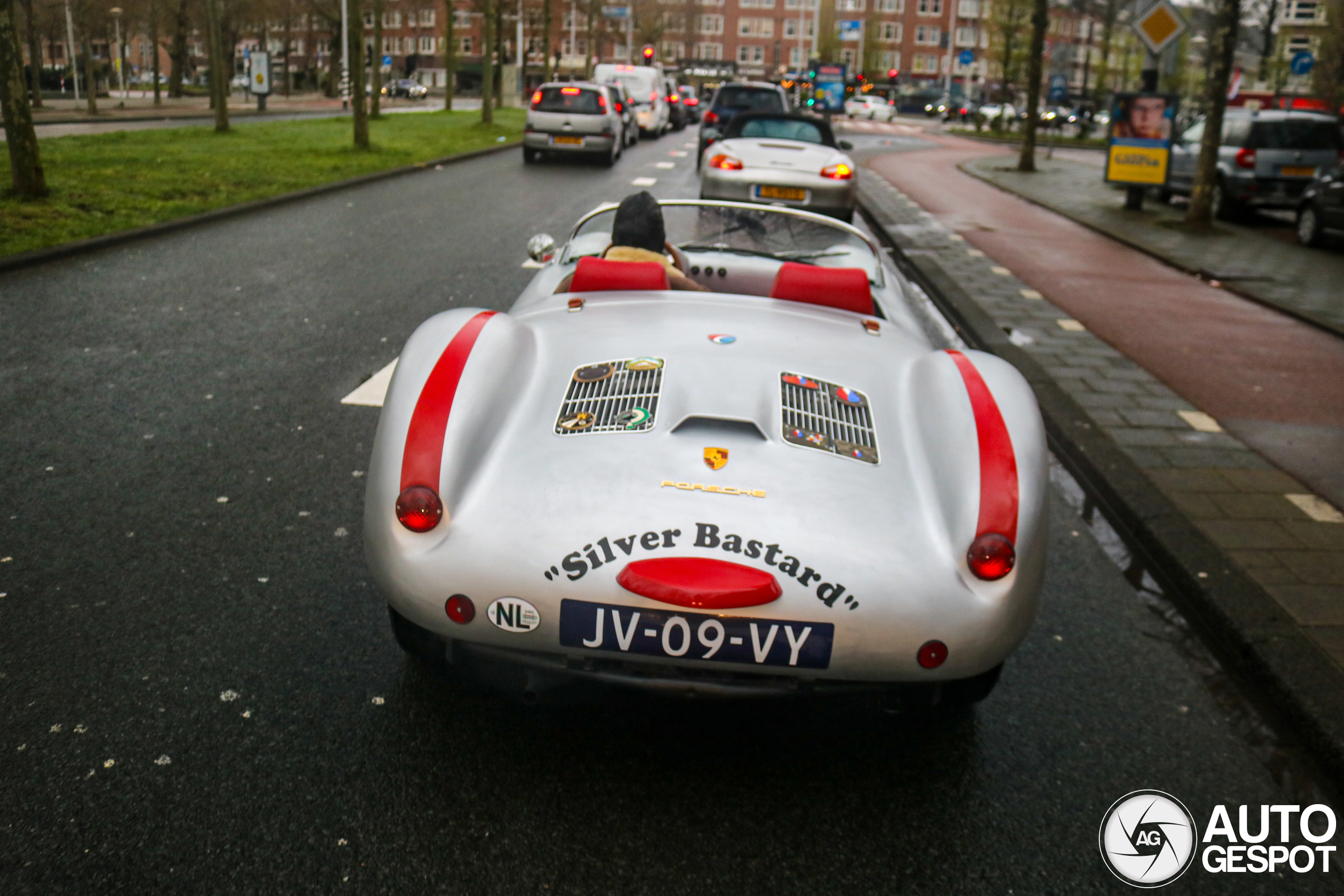
Some vintage cars are so rare and expensive that often replicas are built. These replicas are sometimes so meticulously crafted that the differences are almost impossible to find. In some cases, even from 300 miles away, it's evident that it's not an original. But beware. Replicas can also cost in the millions.
The Porsche 550 is one of those vehicles where there are probably as many replicas as there are originals, if not more. The photographer of this 550 Spyder has already noted in his spot that 9 out of 10 vehicles are not genuine. And that's entirely true. Anyone looking to buy an original Porsche 550 Spyder must be prepared to fork out between four and five million dollars. And even if the money is there, the originals are rarely sold. Most recently, a blue 550 Spyder went for 5.5 million US dollars to a Dutch buyer. For this reason, numerous Porsche 550 Spyders have been replicated over the past decades. But don't think you can get one for $10,000, as these can also reach prices in the millions, especially the good ones.
You may wonder what the difference is between a good and a bad replica. A good replica is usually built using the original tools from the fifties. The most important tool is, of course, the wooden frame, over which the chassis is hammered; that was the norm back then. With this method, the shape can be replicated quite accurately. In the case of bad replicas, either incorrect frames are used or even no frames at all. In this case, differences to the correct shape can be quickly spotted, assuming you know the correct shape of the Porsche 550 Spyder. Other ways to recognize a replica are through air intakes, accessories like the rearview mirrors, or air intakes that are in the wrong place or nonexistent or additional. Additionally, an original also has a windshield without a frame. However, there is a small catch to the whole story. Original vehicles were built in the 50s and 60s as pure race cars. It's quite possible that a dent occurred, a rearview mirror fell off, a headlight shattered, or the windshield broke. And often, these were not rebuilt exactly as they were originally. This means that damaged parts were replaced with similar ones. Thus, you might think it's a replica because, for example, the entire bumper or a complete rear end was replaced and no longer has the original shape. As you can see, it's incredibly difficult to determine whether a replica is a replica and an original is an original. In this case, the easiest way to confirm is by checking the chassis number for certainty.
 Click on the photo for more photo's of this spot!
Click on the photo for more photo's of this spot!
